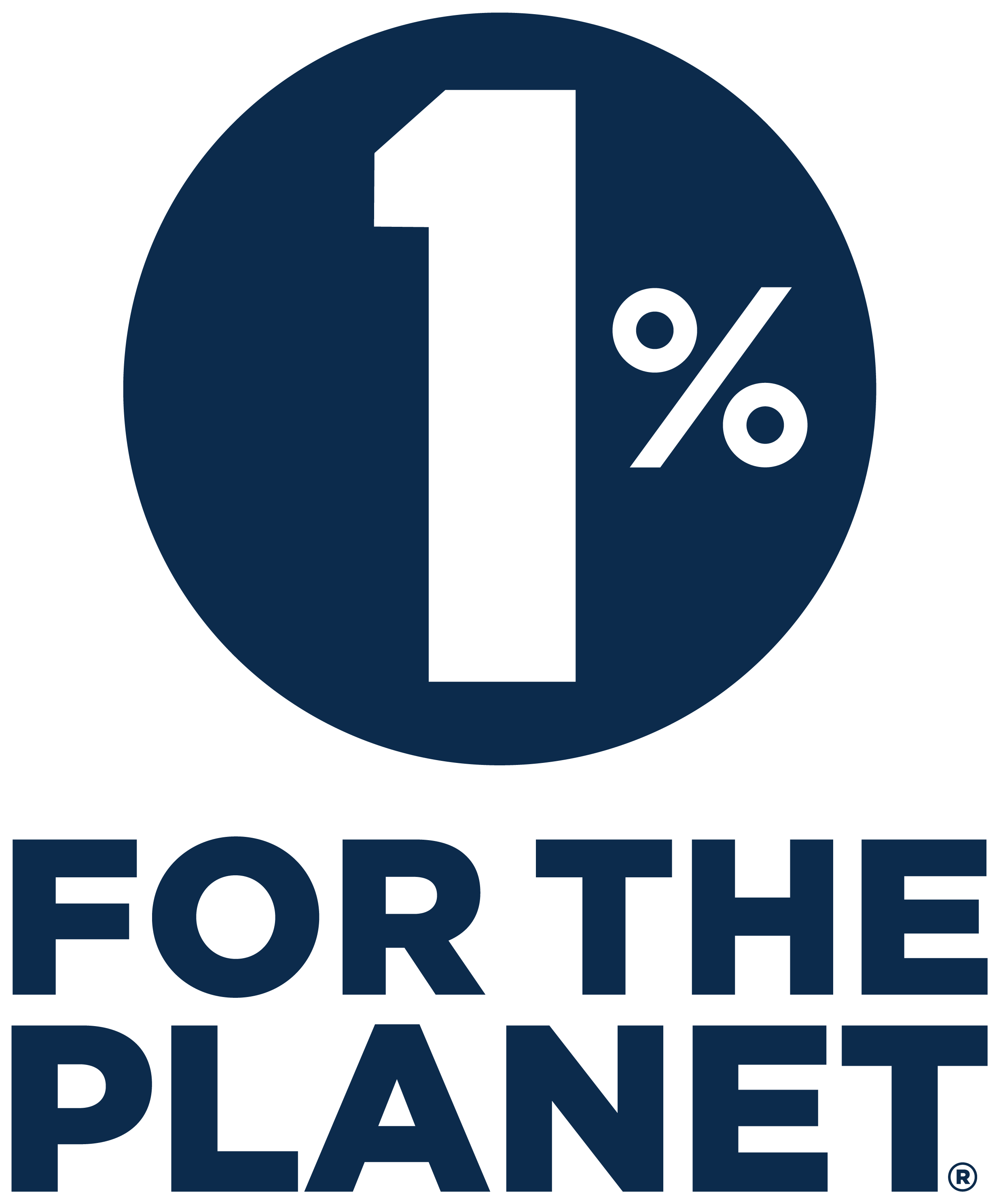Finding the right charger for your Apple products is more than just a matter of convenience. It's about ensuring the longevity of your devices, saving time, and avoiding unnecessary frustration. Imagine being in the middle of an important task, and your device suddenly runs out of battery. Reaching for a charger only to find it either doesn't work or charges at a snail's pace can be a real annoyance. That's why understanding how to choose the best chargers is key.
Many of us have gone through the experience of using a charger that does more harm than good. For instance, incompatible or low-quality chargers might seem like a bargain initially, but they can lead to slower charging, damage, or even safety hazards. This guide will walk you through some simple criteria to help you make better choices when it comes to selecting chargers that suit your needs.
Understanding the Different Types of Apple Chargers
Apple offers a variety of chargers, each designed with specific functions and benefits in mind. Here's a quick look at the main types you might come across:
- Lightning Cables: These are the standard charging cables used with most iPhones, iPads, and some iPods. They are known for their simplicity and effectiveness. Lightning cables carry data and power, which means they're great for charging and syncing your devices.
- USB-C Chargers: These have become quite popular, particularly with the latest iPad Pro and MacBook models. USB-C provides faster charging and can also transfer data quickly, making it ideal for more demanding gadgets.
- MagSafe Chargers: Specifically crafted for iPhones starting from iPhone 12, these wireless chargers use magnets to align properly with the device. They offer a neat and efficient way to power up without the hassle of plugging in.
Understanding which charger goes with which device is the first step in making an informed choice. Each type has its specific case and advantage point, so knowing what works best for your gadgets will help keep them powered effectively. Choosing the right charger is about ensuring compatibility and making sure your devices receive the correct amount of charge they need to operate at their best. Next, we’ll delve into vital criteria to consider when picking a charger that suits your needs perfectly.
Criteria to Consider When Choosing a Charger
Selecting the right charger involves more than just picking the first option available. Here are some important factors to keep in mind:
- Compatibility: Ensure the charger matches your Apple product. Each device may have specific charging requirements, so it's important to choose a charger that suits its specifications. For instance, an older iPhone may not support the fast charging provided by a USB-C Power Adapter, which could lead to slower charging times.
- Charging Speed: Not all chargers offer the same speed. Understanding wattage differences can affect how quickly your device charges. A higher wattage usually means faster charging, which is important for those always on the go. For example, using a 30W USB-C charger can significantly cut down the charging time for devices that support fast charging.
- Build Quality: Investing in durable chargers ensures long-term use and minimises risk. Poorly made chargers can lead to overheating or physical damage to the device. Opt for chargers with robust material and strong connectors that can withstand regular use.
- Brand and Certification: Always opt for certified Apple chargers or reputable third-party options that are known for their quality. Certification ensures that the charger meets safety standards and won't harm the device.
Considering these criteria will not only improve your device’s charging efficiency but also extend the life of both your charger and your device.
Troubleshooting Common Charger Issues
Even with trusted chargers, you might face some issues. Here's how to spot and solve common problems:
1. Recognise the Symptoms:
- Slow charging or no charging at all
- The device charges intermittently
- Charger or device overheating while charging
2. Troubleshooting Tips:
- Check the connections. Make sure the cable is firmly plugged into both the charger and the device.
- Inspect the cable and charger for any visible damage. Frayed cables or loose connectors could be the culprit.
- Try using the charger with another device, if possible. This helps identify whether the issue is with the charger or the device itself.
3. When to Replace:
- If problems persist despite following the above tips.
- The charger is physically damaged or tests with multiple devices fail.
FAQs on Apple Chargers
Here are some common questions people have about Apple chargers:
- Can you use any charger with Apple products?
- It's best to use an Apple-certified charger to ensure compatibility and safety. While other chargers might work, they could lead to slower charging or even damage.
- What are the risks of using non-certified chargers?
- Non-certified chargers may not adhere to Apple’s safety standards, posing risks like overheating, short-circuiting, or damaging your device.
- How to store and protect your chargers for longevity?
- Keep chargers away from moisture and extreme temperatures. When not in use, coil the cable loosely to avoid stress at the connector ends.
Stay Powered with the Best Chargers
Keeping your devices powered with the right chargers is a simple yet effective way to enhance their lifespan and reliability. By considering factors like compatibility, speed, build quality, and certification, you ensure you’re making smart choices for your Apple products.
Investing in the right charger can save you time and prevent potential issues down the road. As you look to buy or replace chargers, remember that quality matters. Getting the best charger isn’t just about matching the right connector; it’s about maintaining your device for optimal use.
To keep your Apple devices performing at their best, choosing the right charger is crucial. Explore Chargeasap's range of the best chargers for Apple products and ensure your devices are always ready when you need them most.




























































































